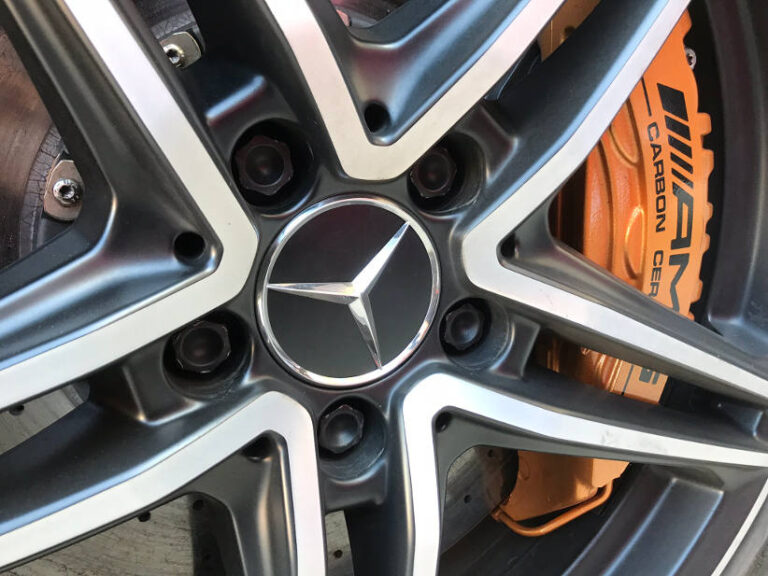This article is originally published by Fleet News.
Metal particles from brake pads may cause inflammation and reduce the ability of immune cells to kill bacteria, similar to particles derived from a diesel exhaust, new research suggests.
A team of scientists, led by King’s College London, say this suggests that particulate pollution from brake wear could be contributing to increased susceptibility to airway infections and other negative effects on respiratory health.
In the study, published in the journal Metallomics, researchers obtained dust from a brake pad testing factory that tests a broad range of drum brakes from a mixture of buses and trucks currently used in Europe under conditions representative of urban driving and high-speed braking.
To test its effect on immune cells, they grew macrophages in the lab, which are a type of immune cell that is on the front line of our defences in the lungs and kills bacteria by engulfing and digesting them.
When they exposed the macrophages to particulates from diesel exhaust and brake dust respectively, both reduced the ability of the macrophages to take up and destroy bacteria. They were tested with Staphylococcus aureus, a common infection in the lungs.
By adding metal chelators, chemicals that can bind to metal ions, stopping them from reacting and causing damage, they prevented the negative effects on immune cells. This suggested that the metal content of the particulate dust was causing ill effects.
The particulates from both sources also caused the macrophages to produce immune signalling molecules which drive inflammation.
The scientists were surprised to find that the metals in both brake dust and diesel exhaust had similar effects on the immune cells, as the diesel exhaust lacked the iron and copper common in brake dust, which is known to generate reactive oxygen species (ROS) in the body.
ROS are chemicals which can cause damage to cells on entering the lungs in the body.
There were many other metal particles they had in common (such as arsenic, tin and antimony), but the researchers concluded the biggest culprit was most likely to be vanadium, as it was the only metal that was taken up by the cells increasingly as the dose of brake dust and diesel exhaust particulate matter increased.
Dr Ian Mudway, senior lecturer at the School of Population Health and Environmental Sciences who led the research, said: “At this time the focus on diesel exhaust emissions is completely justified by the scientific literature, but we should not forget, or discount, the importance of other components, such as metals from mechanical abrasion, especially from brakes.
“There is no such thing as a zero-emission vehicle, and as regulations to reduced exhaust emissions kick in, the contribution from these sources are likely to become more significant.”
It is estimated that only 7% of PM2.5 pollution from traffic comes from tailpipe exhaust fumes at roadside sites – the rest comes from sources such as tyre, clutch and brake wear, as well as the resuspension of road dust.
Brake dust is the source of approximately 20% of total PM2.5 traffic pollution. PM2.5 means the particles are less than 2.5 micrometres in diameter and small enough to be inhaled into the deepest regions of the lung.
Much of the research into the effects of traffic air pollution has focused on the effects of particulates derived from the tailpipe of diesel vehicles, but this new study has investigated if the particulate matter in brake dust has similar effects.
Dust from brake friction is rich in metals, which can catalyse the production of ROS.
Past research into the increased rates of pneumonia seen in welders and foundry workers have shown that tiny particles rich in metal components can reduce the immune system’s ability to tackle bacterial infections.
Since brake dust also contains a lot of metal particles, the researchers wanted to test if the types of metal particles found in brake dust can have a similar effect.
Dr Liza Selley, MRC Centre for Environment and Health at King’s College London and Imperial College London, said: “Diesel fumes and brake dust appear to be as bad as each other in terms of toxicity in macrophages. Macrophages protect the lung from microbes and infections and regulate inflammation, but we found that when they’re exposed to brake dust they can no longer take up bacteria.”
“Worryingly, this means that brake dust could be contributing to what I call ‘London throat’ – the constant froggy feeling and string of coughs and colds that city dwellers endure – and more serious infections like pneumonia or bronchitis which we already know to be influenced by diesel exhaust exposure.”
This research was conducted in cells in the lab and further research is needed to fully understand how brake dust particles could contribute to ill health in humans.
Dr Selley added: “We included some experiments that gave the cells a rest from the pollution and were pleased to see that these rested cells quickly regained their ability to take up bacteria once the brake dust had been removed.
“Our research was conducted in cells in the lab, so further study is required to see whether the metal particulate traffic pollution influences susceptibility to infection in the lungs of real people.”
The researchers were supported by the Medical Research Council, the In Vitro Toxicology Society and the National Institute for Health Research Health Protection Research Unit in Health Impact of Environmental Hazards held at King’s College London in partnership with Public Health England and Imperial College London.






